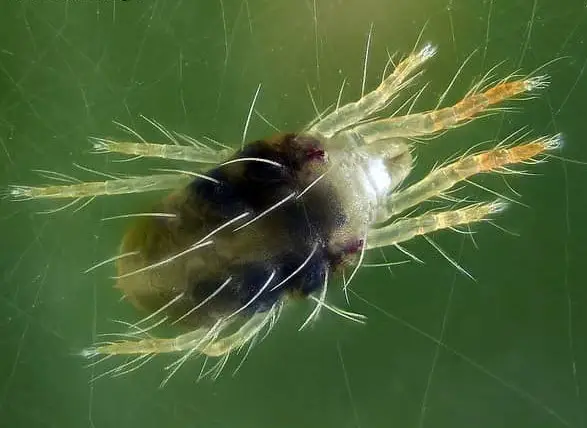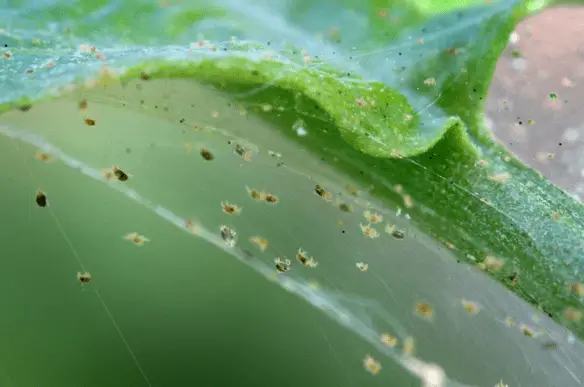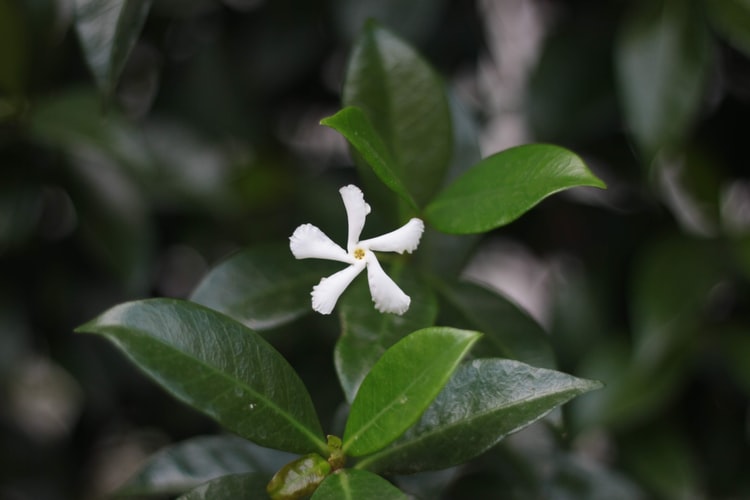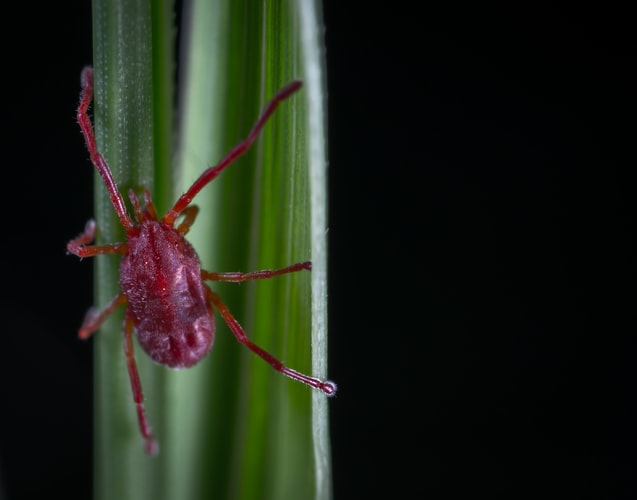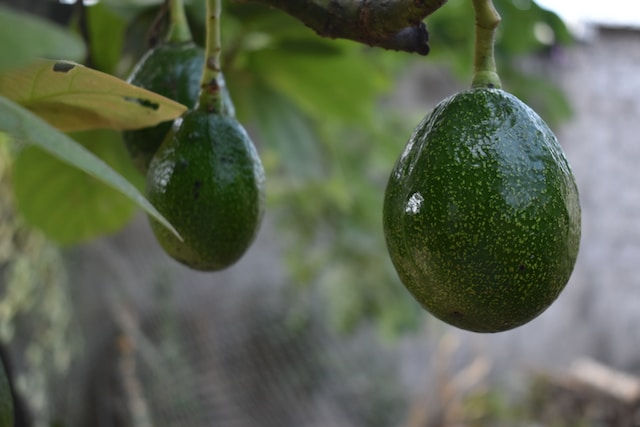
1. Nutrient Deficiencies
Avocado trees require a balanced diet of nutrients to maintain their vibrant green leaves. If they’re not getting enough, the leaves may turn yellow. Key nutrients include:
- Nitrogen: Promotes leaf and stem growth
- Phosphorus: Supports root development and flowering
- Potassium: Enhances overall plant health and disease resistance
- Iron, Manganese, Zinc: These micronutrients are essential for various biochemical processes
A soil test can help you determine if your tree is lacking any of these nutrients. You can then adjust your fertilization routine accordingly. Consider using a balanced fertilizer specifically designed for avocado trees.
Read more: How To Grow Avocado Using Hydroponics System
2. Watering Issues
Both overwatering and underwatering can stress your avocado tree and cause yellow leaves. Overwatering can lead to root rot, while underwatering can dehydrate the tree. To prevent these issues:
- Ensure your soil has good drainage. Avocado trees prefer well-draining soil to prevent waterlogging.
- Let the top few inches of soil dry out before watering again. This helps to ensure that the roots are not constantly soaked, which can lead to root rot.
- Monitor your tree for signs of dehydration, like wilting leaves. If the leaves are wilting and the soil is dry, it’s time to water.
3. Pest Infestations
Pests like spider mites, aphids, and thrips can damage avocado tree leaves and cause them to turn yellow. Regularly inspect your tree for signs of pests, such as tiny webs or distorted leaves. If you spot a problem, consider using organic pest control methods like neem oil or insecticidal soap.
4. Diseases
Diseases like root rot can cause yellowing leaves in avocado trees. Root rot, caused by the fungus Phytophthora, is a common disease in avocado trees. The fungus attacks the roots of the tree, causing them to rot and become unable to absorb nutrients effectively. This can lead to yellowing leaves and, if left untreated, death of the tree. To prevent and manage diseases:
- Avoid overwatering, which can create conditions for disease development
- Remove and destroy any infected plant material
- Consider applying a fungicide if the disease is severe
5. Environmental Factors
Extreme temperatures, strong winds, and frost can all cause avocado tree leaves to turn yellow. Avocado trees are sensitive to cold, so consider using frost protection measures like a frost cloth during cold weather.
6. Soil pH
Avocado trees prefer slightly acidic soil with a pH between 6.0 and 6.5. If the soil pH is too high or too low, it can affect the tree’s ability to absorb nutrients, leading to yellow leaves. You can test your soil’s pH with a soil test kit, available at garden centers or online. If necessary, you can adjust your soil’s pH with lime (to raise pH) or sulfur (to lower pH).
Related article: Why Are Avocado Tree Stems Turning Black
Frequently Asked Questions
Why are the leaves on my avocado tree turning brown?
Brown leaves can be a sign of sunburn or salt burn. Try moving your tree to a shadier spot and watering it more frequently to flush out excess salts.
How often should I water my avocado tree?
This depends on your climate and the size of your tree, but generally, avocado trees need to be watered 2-3 times a week during the growing season and less often in the winter.
What kind of fertilizer should I use for my avocado tree?
Avocado trees benefit from a balanced fertilizer that includes nitrogen, phosphorus, potassium, and micronutrients like iron, manganese, and zinc. You can find avocado-specific fertilizers at your local garden center or online.
Conclusion
Yellowing leaves on your avocado tree can be a sign of various issues, but with the right knowledge and care, you can help your tree regain its health and continue to produce delicious avocados. Remember to monitor your tree regularly, provide the necessary nutrients, water appropriately, and protect it from pests and harsh weather. Happy gardening!
Don’t forget to subscribe to our free weekly newsletter and follow our socials:

